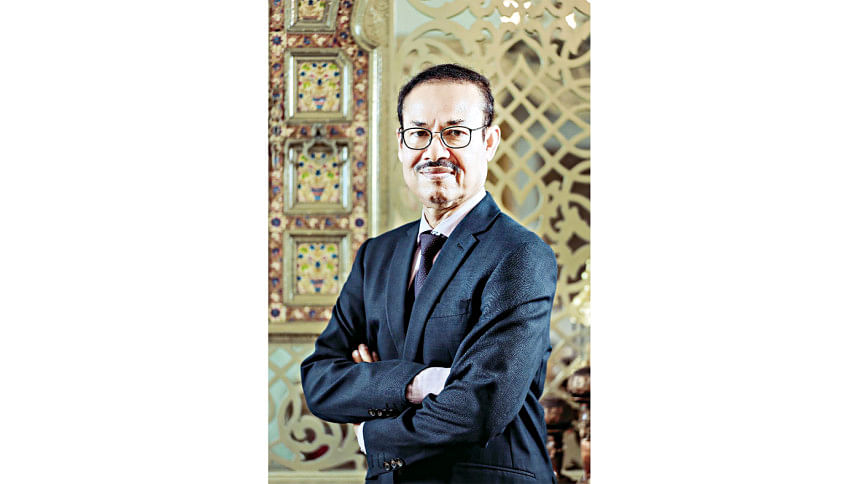The case for reforming minimum tax regime

Bangladesh's minimum tax regime is becoming increasingly infeasible for several key sectors, especially those operating on thin margins or facing structural headwinds.
Take the example of the retail services sector. Subject to a corporate tax rate of 27.5 percent and a minimum tax of 1 percent on turnover, a retailer must earn at least 3.63 percent of annual turnover as pre-tax profit merely to match its minimum tax liability. For an industry marked by wafer-thin margins, rising input and rental costs, and fierce price competition, this breakeven point is often out of reach.
The burden is even heavier in the cement industry. The national budget for the fiscal year (FY) 2025-26 replaced the Tk 700-per-tonne flat import duty on clinker, a key raw material, with a 15 percent ad valorem duty. This has sharply increased input costs at a time when demand remains tepid amid broader economic headwinds. Cement producers also face advance income tax (AIT) on raw material imports and a 2 percent source tax on corporate sales, exacerbating cash-flow constraints.
For a listed manufacturer taxed at 22.5 percent, the minimum profit margin needed to remain tax-neutral is 13.3 percent. For unlisted firms taxed at 27.5 percent, it is 10.9 percent. Such profit levels are rare in a market suffering from chronic overcapacity, where domestic production exceeds demand by more than 2.5 times, and persistent downward pressure on prices prevails.
The steel sector faces a similar squeeze. VAT on rod production has risen from Tk 2,200 to Tk 2,700 per tonne, while the AIT on imported steel scrap remains unchanged at Tk 500 per tonne. Coupled with the 2 percent source tax on sales, these measures significantly raise the breakeven point for tax liability. For steel producers taxed at 27.5 percent, the required profit before tax lies between 10 percent and 12 percent of turnover. These levels are difficult to achieve in a sector beset by overcapacity, volatile input prices, exchange-rate fluctuations, and sluggish demand. Tax obligations untethered from profitability sap working capital and threaten even established players.
Further distorting the picture is the selective application of the minimum tax regime. Only two sectors—cement and steel and allied products—must count taxes paid on imported raw materials towards their minimum tax liability. Other manufacturers are spared this treatment regardless of turnover or profitability. This discriminatory approach is especially harmful given the structural weaknesses these sectors already face.
Another source of concern is the doubling of the tax deducted at source on rental income, from 5 percent to 10 percent. Rental earnings are often eroded by repair and maintenance costs, service charges, and high borrowing costs, especially in a period of elevated interest rates. The real estate market, still recovering from a protracted slump and burdened by unsold properties, has been further destabilised by the withdrawal of provisions that allowed untaxed income to be legalised through investment in property. The higher rate of withholding tax will likely result in excess payments that are difficult, if not impossible, to recover through refunds or adjustments.
The Finance Act 2025 introduced a provision allowing excess minimum tax to be carried forward. In practice, it is of little use to firms that consistently fall short of breakeven profitability and have no tax liability to offset.
A more calibrated, sector-specific tax regime is long overdue. Policymakers must distinguish between high-margin and low-margin sectors and tie tax obligations more closely to actual economic performance. Without such reforms, Bangladesh risks undermining the sustainability of its fragile industrial and services economy.
The writer is the chairman of Unilever Consumer Care Ltd

 For all latest news, follow The Daily Star's Google News channel.
For all latest news, follow The Daily Star's Google News channel. 



Comments